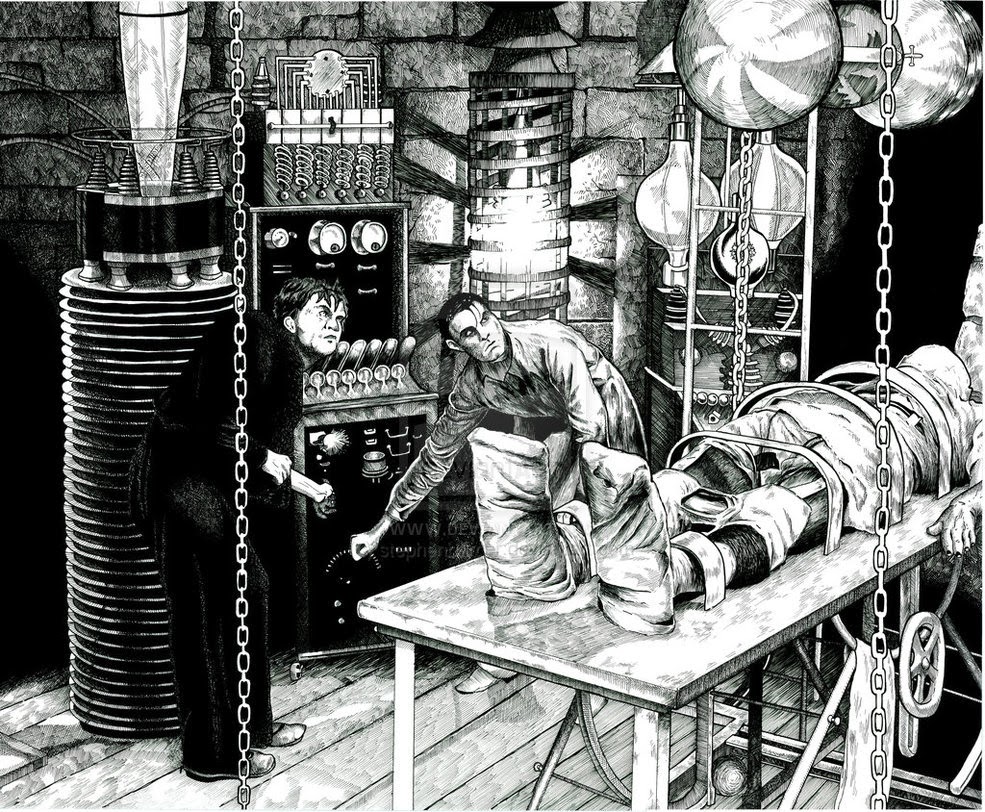Carrying out an eicr. Thoughts on these DBs installed in each room. Around 20 have been installed in this manner with no gland on the supply SWA and the top surface of the DB completely removed.
Note the plasterboard hole is small in this image compared to some.
What do you think other than replacing baring in mind the rcbos for this DB can be £100 alone. Paxolin to slide in etc? Time. Shame for the customer who has had this poor installation.


I have noted as C2 for a number of different reasons. As follows if you wish to read.
522.8.5.
The SWA cable entering the DB has no gland fitted. C2
701.411.3.3
Circuits passing through and supplying accessories in loaction containing bath/shower not provided with RCD protection. C3
527.2.1
Large Hole not made good in plaster board above DB to prevent the spread of fire. C2
411.3.3
No RCD protection on socket outlets, commercial premesis. C2 (Fridge Socket)
522.6.202
No RCD protection for cables buried in the walls. C3
416.2.2
Top surface of Distribution Board has been removed. The integrity of the DB has not been maintained during installation. ip4x not maintained. C2.

Note the plasterboard hole is small in this image compared to some.
What do you think other than replacing baring in mind the rcbos for this DB can be £100 alone. Paxolin to slide in etc? Time. Shame for the customer who has had this poor installation.
I have noted as C2 for a number of different reasons. As follows if you wish to read.
522.8.5.
The SWA cable entering the DB has no gland fitted. C2
701.411.3.3
Circuits passing through and supplying accessories in loaction containing bath/shower not provided with RCD protection. C3
527.2.1
Large Hole not made good in plaster board above DB to prevent the spread of fire. C2
411.3.3
No RCD protection on socket outlets, commercial premesis. C2 (Fridge Socket)
522.6.202
No RCD protection for cables buried in the walls. C3
416.2.2
Top surface of Distribution Board has been removed. The integrity of the DB has not been maintained during installation. ip4x not maintained. C2.









